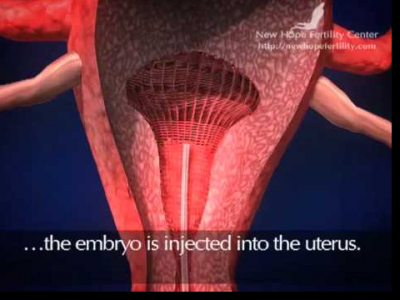Normal life after embryo transfer
The embryo transfer , that is, the introduction of the embryos created in the laboratory in the uterus of the woman, is a simple and painless process that does not require anesthesia. After doing it, the woman remains lying down for 15-30 minutes in the clinic before continuing with her normal life.
Between 12 and 15 days after the transfer, the pregnancy test is performed. These days of waiting are full of tension and fears, and the woman tries to follow to the letter the doctor's instructions to avoid making mistakes that compromise the implantation of the embryos.
Below you have an index with all the points that we will discuss in this article.
Index- 1. Do we have to do absolute rest?
- 2. Can I continue with my daily routine?
- 3. Can I do something to favor implantation?
- 4. Authors and collaborators
Do we have to do absolute rest?
The belief that once the transfer of the embryos has been made, it is necessary to do absolute rest in bed, which implies to paralyze the rhythm of the woman's habitual life.
Rest in bed after embryo transferWe are aware of the concern of our patients to avoid the expulsion of embryos that have been introduced into the uterus, but there is no scientific evidence to support the need for absolute rest.
Many studies have ruled out the possibility of this happening based on the anatomy and physiology of the uterus. The truth is that the uterine cavity is in a more horizontal position when the woman is standing than when lying down, so bed rest is not recommended.
This also ruled out another possibility that many patients are afraid of: the expulsion of the embryos when going to the bathroom. The force of gravity is not going to make the embryos come out, they remain in the uterus, which is where they have been deposited in the transfer.

Comments
Post a Comment